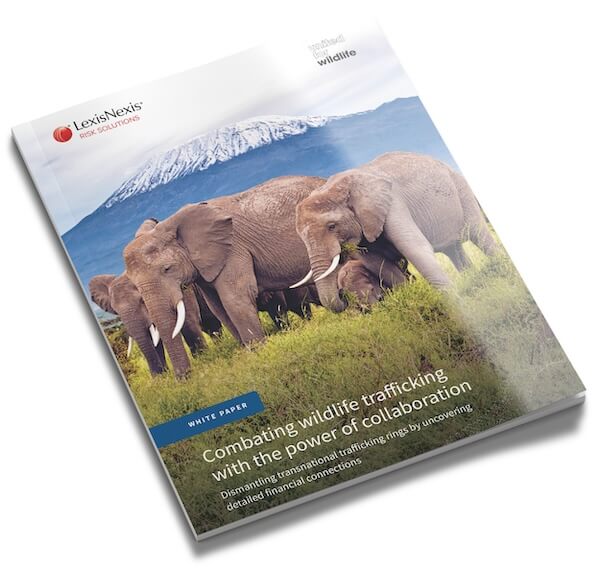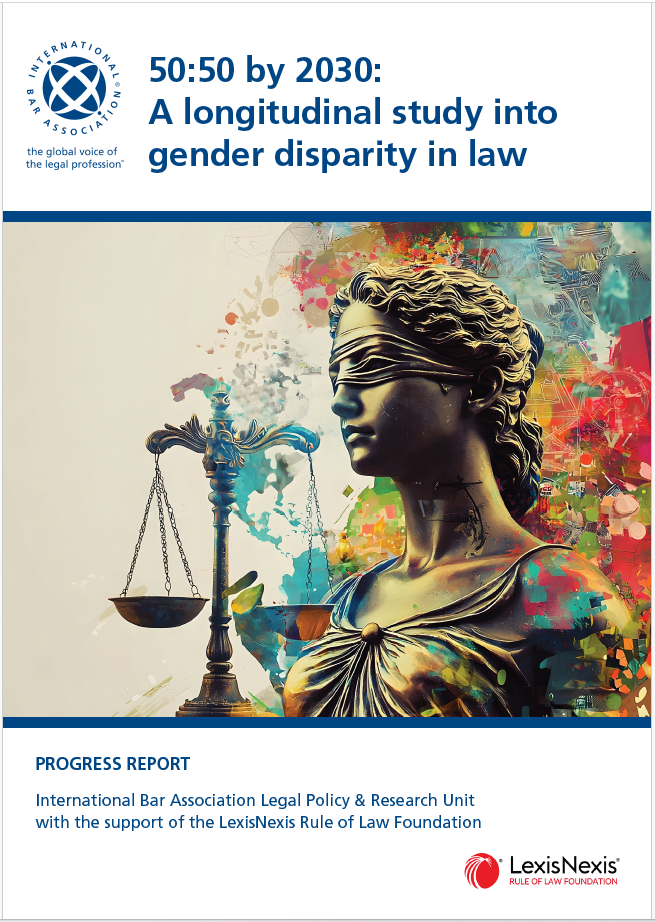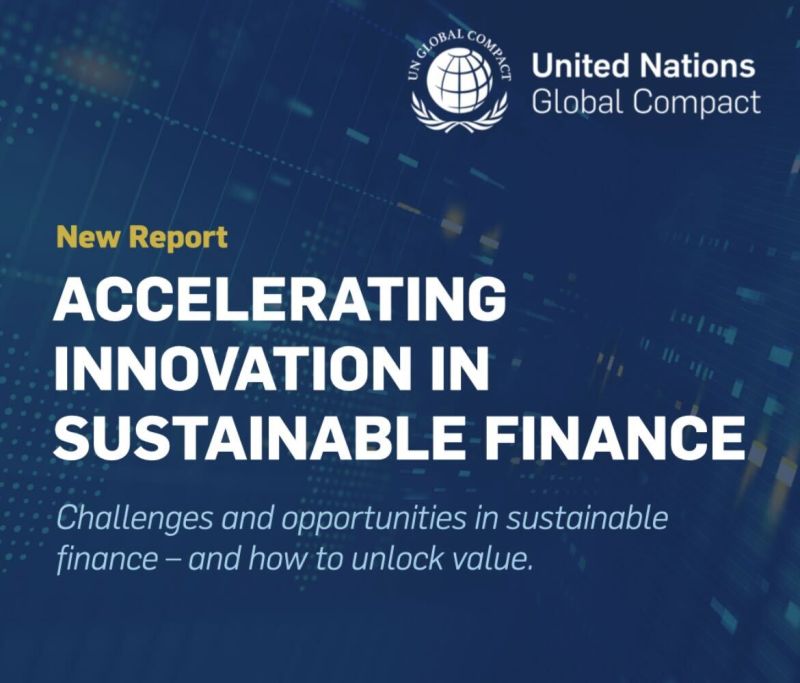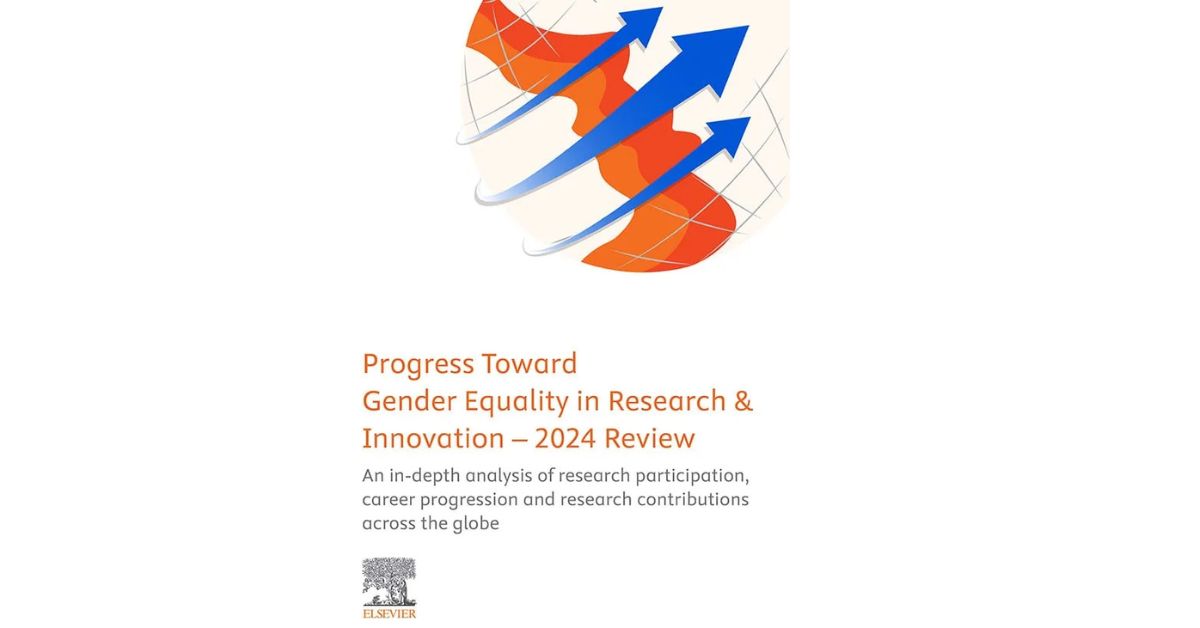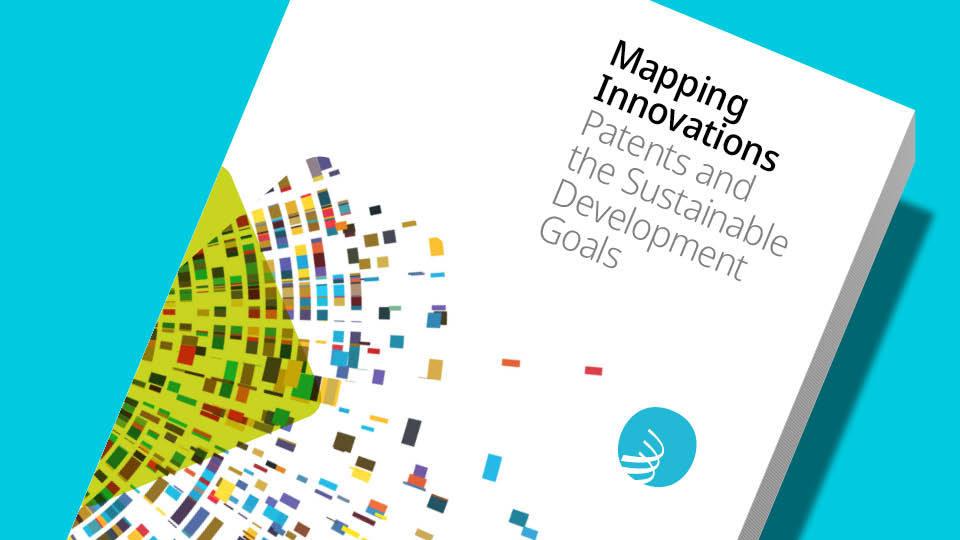To help companies strengthen competitiveness and resilience, the UN Global Compact Network UK, in collaboration with University College London, Newcastle University, and Euromonitor International, has developed the report “Trailblazers & Transformers: UK Business Sectors Redefining Sustainability,” examining how six high-impact sectors in the UK are performing against the Sustainable Development Goals (SDGs). Drawing on rigorous data and market insights, the report identifies sector-specific challenges, benchmarks performance, and presents actionable recommendations to support effectiv
The Elsevier Foundation and RIKEN's report, ‘Envisioning Futures: Amplifying women’s voices and leadership in Japanese Science’, calls on research institutions to expand definitions of excellence beyond traditional metrics to include mentorship, collaboration and societal impact. Ylann Schemm, executive director of the Elsevier Foundation is among the leaders featured, sharing insights on the importance of resilience and flexibility in shaping diverse STEM careers.
Learn how to help prevent wildlife trafficking by utilising partnerships and data in this joint LexisNexis Risk Solutions and United for Wildlife report.
Cirium has released the Flight Emissions Review, the official airline report giving stakeholders across the aviation sector an accurate, transparent, data-backed view of emissions performance. The emissions calculation is built on the most accurate calculations available and its methodology is certified to ISAE 3000 with Reasonable Assurance.
The review includes
IBA 50:50 by 2030 Progress Report was released by the IBA Legal Policy & Research Unit (LPRU) in collaboration with the LexisNexis Rule of Foundation
The UNGC's latest report on “Accelerating Innovation in Sustainable Finance” offers models for businesses on how to deliver financial returns and positive global impact – together.


